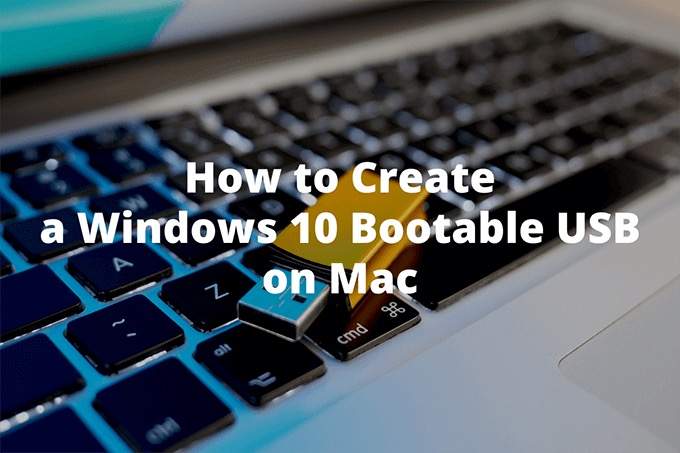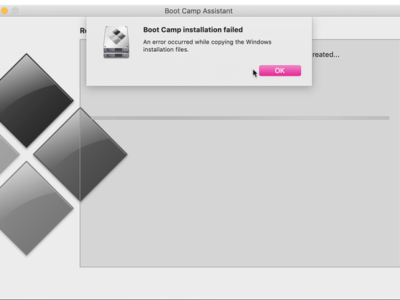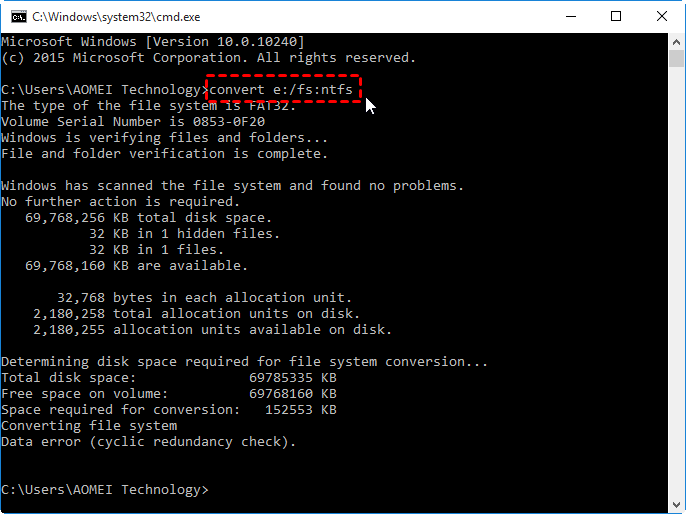

- SPLIT UP WINDOWS 10 IOS FOR FAT32 ON MAC INSTALL
- SPLIT UP WINDOWS 10 IOS FOR FAT32 ON MAC PC
- SPLIT UP WINDOWS 10 IOS FOR FAT32 ON MAC ISO
- SPLIT UP WINDOWS 10 IOS FOR FAT32 ON MAC MAC
Type the following command string then follow the promptsĪgain open terminal and type the following code below and follow on-screen prompts which were just press Enter then enter a password (if you are new to the terminal like my friend, when it asks for a password and you start to type it looks like nothing happens, but just type out your password and hit enter and it will do the install (it will take 10 - 20 mins to download and install)

Launch the Terminal, found in /Applications/Utilities/
SPLIT UP WINDOWS 10 IOS FOR FAT32 ON MAC ISO
This helped a friend get it all working but there were some extra steps, so I will just go through and break them down, hopefully, it helps someone else:ĭownload the Windows 10 iso and leave in the downloads folder # UEFI in front of the name, and the other without. #Depending on how new your computer is, you may see the USB twice: once with # boot device menu (you may need to press some key to show the boot device menu # Now insert the USB into your computer, (re)boot, and select the USB from the

# Eject the ISO using the diskX identifier from the fifth step above: # Eject the USB using the diskX identifier from the second step above: # the directory means the ISO is "in use"): # directory otherwise OSX will not allow you to unmount the ISO (since being in # Once it's done, you can eject both the USB and the ISO. # This will take a while there's a lot of data (4+ GB). # And copy all the files over to our USB: # will differ depending on which ISO you downloaded. You should see something funny like CCCOMA_X64FRE_EN-US_DV9. This time, we're looking for what's in the NAME # Back in the terminal, let's find the mounted ISO: Close the Finder window you don't need it.
SPLIT UP WINDOWS 10 IOS FOR FAT32 ON MAC MAC
# Your Mac will "mount" the ISO as if it was a drive. # Record, which is necessary for the USB to be bootable. MBR tells diskutil to create a Master Boot WIN10 is the name of that partition (it'll appear in # In the command above, MS-DOS is the format of the partition that will be # WARNING: this will delete everything on the USB!!ĭiskutil eraseDisk MS-DOS WIN10 MBR diskX # In the command below, replace "diskX" with the identifier of your USB drive. # Now we need to format the drive for MS-DOS and include a Master Boot Record. Now, insert your USB drive and run the command Each entry will have a header in the form "/dev/diskX", where X is # This will output a bunch of info about all of the disk drives connected to I may have some notes stored somewhere.# First, we need to find our device. I forget how I created a bootable Windows USB installer from an.
SPLIT UP WINDOWS 10 IOS FOR FAT32 ON MAC PC
I think success depends on exactly what PC you have since each PC BIOS contains so many quirks. iso files, and even apps to create a bootable Win10 USB installer from the Win10. If you search online you will find instructions for splitting the 4GB file into two separate files (I did so using a Linux utility - may be able to access on a Mac using Homebrew), to use exFAT or NTFS for the USB installer, use a Linux USB boot disk with support for booting.

I'm usually pretty good about figuring this out, but I had to give up due to time constraints. I tried making a Windows 10 USB boot disc a year or so ago shortly after the Win10 installer included a 4GB+ file, but I was unable to get the PC to boot regardless of how I made the Win10 USB installer. It used to be really easy making a Windows UEFI booting USB using macOS, but now that one of the Window's installer files is over 4GB in size it has become more difficult. How does your PC boot? Legacy MBR or UEFI? Does your PC have an optical drive?


 0 kommentar(er)
0 kommentar(er)
